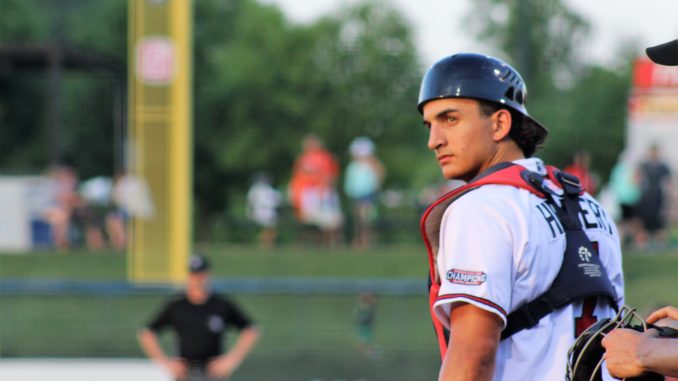
We’re down into the Top 25 prospects of the deepest farm system in baseball. Here’s a look at two former second round draft picks that otherwise couldn’t be more different.
23. Lucas Herbert, C
Age: 20 | Bats: R
.243/.308/.368 | 98 wRC+ | 8 HR | 3 SB | 6.3% BB | 17.9% K
Current Assignment: Class A – Rome
Acquired: Drafted, 2nd Round – 2015
Midseason 2017 OFR Ranking: 29
History: The former high school battery-mate of fellow 2015 Braves draftee Kolby Allard, Herbert only played in three games his first pro season with the GCL Braves due to a torn meniscus. Nevertheless, Herbert was aggressively promoted to Rome in 2016 and struggled at the plate most of the season, eventually losing playing time to fellow catcher Jonathan Morales down the stretch as the team pursued a playoff berth. Herbert returned to Rome last season, splitting catching duties with Brett Cumberland and Tanner Murphy. Herbert initially struggled at the plate again, but caught fire in the middle of the summer, hitting .318/.342/.442 in June and July before seeming to wear down during the stretch, by which time both Cumberland and Murphy had moved up to A+ Florida and Hebert was handling most of the catching duties.
Offense: Herbert has a fairly simple swing out of a wide stance with a moderate leg kick. When Herbert is going well, he allows his quick hands to work and he’s able to generate gap power that could turn into over-the-fence power with time. When Hebert isn’t going well, which is too often, he drops his hands and swings over the ball, resulting in too many ground balls. The main area that Herbert improved on in 2017 was his pitch recognition and he managed to lay off the high fastballs and low breaking balls more consistently than in 2016. Herbert is not fast by any stretch, but he runs well for a catcher, and will aggressively look to take the extra base.
Defense: Herbert is an advanced defensive catcher for his level, displaying advanced catching fundamentals as well as a strong arm and good pitch calling and framing. The only real knock on Herbert is that he occasionally tries to do too much, throwing down to bases on poor percentage plays that can lead to costly errors. Overall, this is mostly a nitpick; Herbert may already be the most defensively advanced catcher in the Braves farm system.
What’s Next: Herbert will likely step up to high-A Florida next season looking to build on his offensive improvements from 2017 and polishing up his defensive abilities. His future role in the organization will depend on how his bat develops, but he’s in a good position to be a defense-first back-up catcher in the majors some day.
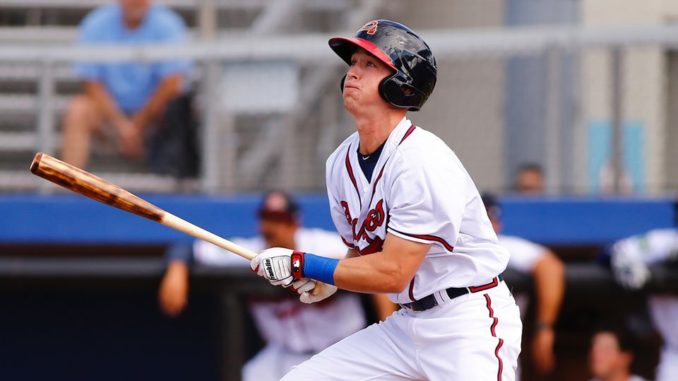
22. Drew Waters, OF
Age: 18 | Bats: S
.278/.362/.429 | 120 wRC+ | 4 HR | 6 SB | 10.3% BB | 31.3% K
Current Assignment: Rookie League – Danville
Acquired: Drafted, 2nd Round – 2017
Midseason 2017 OFR Ranking: 20
History: Waters was drafted out of Etowah High School in suburban Atlanta, the latest in a long line of Georgia prospects favored by the Braves. After signing for a reported $1.5 million bonus, Waters reported to the Gulf Coast League and hit a robust .347/.448/.571 in 14 games before being promoted to Danville. The mostly college-age pitchers of the Appalachian League proved to be tougher, and Waters only hit .255/.331/.383. The patience shown in the GCL disappeared in Danville as well, and Waters struck out at a 35.5% clip.
Offense: Waters has loud offensive tools that make it clear why the Braves were willing to spend the 41st overall draft pick for him, but he also shows the rawness that makes his struggles in Danville perhaps not particularly surprising. Waters is listed at 6’-3″ and 175 pounds, a frame that looks like it could add muscle as he gets older. Waters does a nice job keeping his swing consistent left and right side, although he is more apt to turn on pitches from the left side. He has good bat speed and quick hands, but his pitch recognition and strike zone judgement is lagging behind. Waters has above average speed that can stretch singles to doubles, but is a raw basestealer who has a lot of room for growth in technique and reading pitchers.
Defense: Waters is quick enough to play center field and has an above average arm. As he fills out, he may have to move to a corner, and his arm should still play. Like other aspects of his game, Waters is a raw defender, sometimes getting turned around on deep fly balls and generally making poor routes. Waters is very athletic and should overcome these issues with experience and coaching.
What’s Next: Waters is an intriguing talent, but someone that could possibly benefit from time in extended spring training to smooth out the rough edges of his game. However, this is the Braves and they aren’t shy about pushing their prospects, so I fully expect him to start and end the season in Rome.

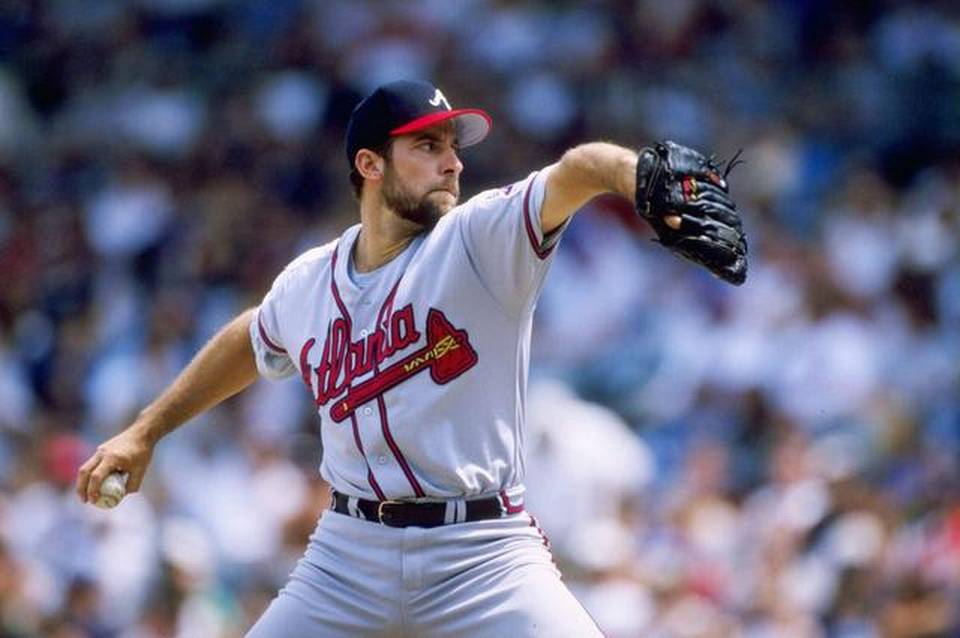
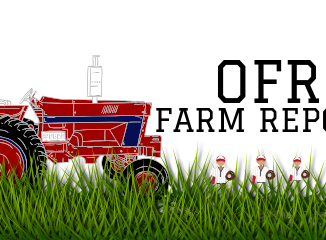
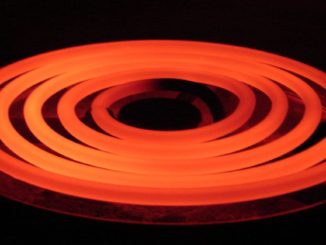
Leave a Reply